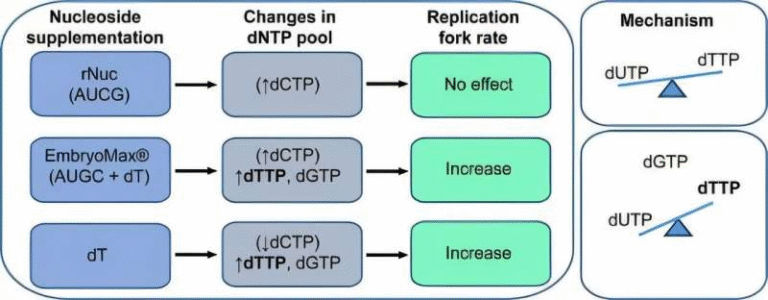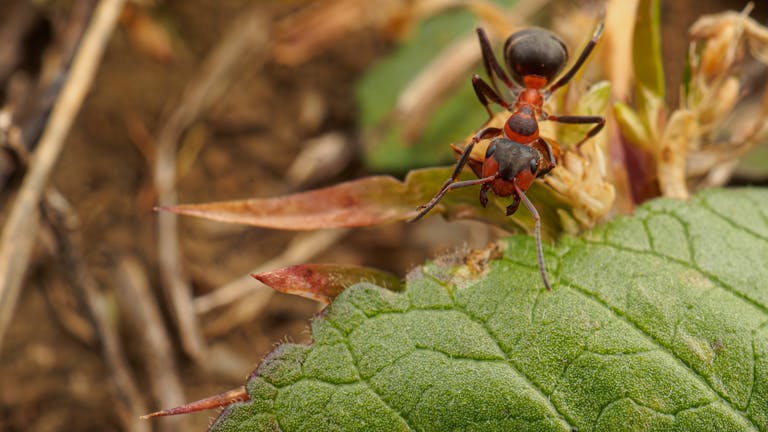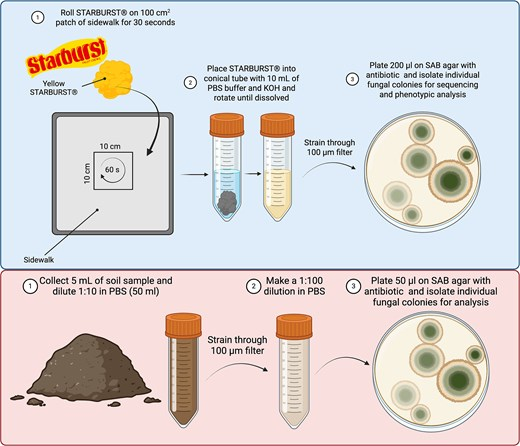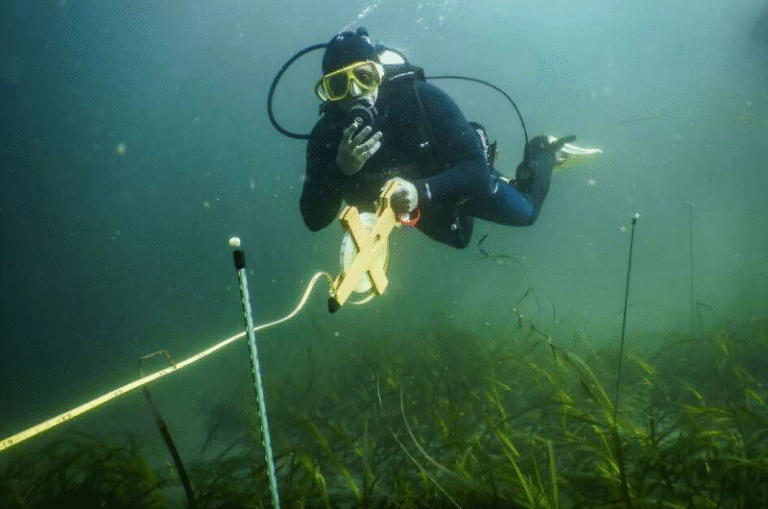Researchers Trace 166 Years of Tropical Butterfly Change Using Museum and Citizen Science Data

A new study has pieced together one of the longest tropical biodiversity records ever made — 166 years of butterfly history from the Indonesian island of Sulawesi. The work combines traditional museum collections with modern citizen science observations, revealing that while the overall number of butterfly species in the region has stayed relatively stable, the types of butterflies found there have shifted dramatically over time.
The research, led by Dr. Tiffany L. T. Ki, a former Ph.D. student at the University of York, was done in collaboration with the Natural History Museum in London. Her findings, co-authored with Professor Colin Beale, Blanca Huertas, and Jane K. Hill, have been published in the journal Proceedings of the Royal Society B: Biological Sciences. The paper’s title — Little long-term change in regional species richness of tropical butterflies over the past 166 years masks turnover in community composition — neatly sums up its major message: biodiversity counts alone don’t tell the whole story.
Building the Longest Tropical Time Series
The research team built an extensive time series from 1857 to 2022, covering 166 years — the longest continuous tropical insect dataset of its kind. They focused on two butterfly groups: the swallowtails (family Papilionidae) and the satyrines (subfamily Satyrinae).
Using data from multiple sources — historical museum specimens, digitized archives, and modern citizen-science platforms — they tracked how these species appeared, disappeared, and reappeared across Sulawesi’s landscapes. The study divided the island into three major regions:
- Region 1: Makassar and Maros in southern Sulawesi
- Region 2: Manado and Minahasa Utara in northern Sulawesi
- Region 3: Palu, Dongala, and Sigi in central Sulawesi
Each region’s data were analyzed to show how butterfly diversity and community composition changed over time. The result is a detailed reconstruction of tropical butterfly trends spanning the colonial naturalist era, the postwar decades, and the modern citizen-science era.
Integrating Museum Records and Modern Technology
This study showcases how historical and modern data can work together. Museum specimens — often thought of as static collections — turned out to be key archives of ecological history. The Natural History Museum’s vast butterfly drawers, filled with specimens dating back to the 1800s, allowed the team to reconstruct early biodiversity baselines.
To bring these collections into the present, they combined them with recent data from citizen science databases and field observations. Modern platforms make it easier for people to record butterfly sightings using photography and GPS data, adding crucial detail to modern biodiversity records.
Statistically, the researchers used dynamic occupancy models, which estimate the likelihood that a species was present in a given region and year, even when direct observations were scarce. This approach helped fill in data gaps caused by uneven collecting efforts over time.
What They Found
Surprisingly, the researchers discovered that overall species richness — the total number of butterfly species — has not shown a major decline over the past 166 years. In other words, Sulawesi’s butterfly count has remained fairly stable when viewed at the regional level.
However, this apparent stability hides significant reshuffling in community composition. Some species that were once abundant have become rare, while others — especially those tolerant of open or human-altered habitats — have become more common.
The study found that:
- Non-endemic and open-habitat tolerant species have tended to increase over time.
- Forest-dependent, endemic, and host-plant specialist species showed mixed or declining patterns.
- The changes are not uniform across regions — each part of Sulawesi is seeing different shifts in its butterfly community.
One of the most important findings is that short-term trends don’t necessarily reflect the long-term picture. For example, looking at just the last few decades might suggest a decline or a recovery, but these short windows often miss the full dynamics revealed across a century and a half. This is a crucial lesson for ecologists and conservation planners who rely on shorter monitoring periods.
Why This Study Matters
This research matters for several reasons.
First, it provides a long-term tropical biodiversity baseline, something scientists rarely have. Most long-term insect studies come from temperate regions, especially Europe and North America. Tropical regions, which contain most of the planet’s biodiversity, have lacked consistent records — until now.
Second, it demonstrates the value of museum collections in modern science. These collections are not just relics of the past; they are active tools for studying how ecosystems evolve under changing environments, climate, and land use.
Third, the study warns against relying solely on species counts as indicators of ecosystem health. Even when the total number of species stays constant, major ecological shifts can still occur beneath the surface. Some species thrive as others vanish — a reshuffling that can alter pollination, food webs, and forest health in ways that species numbers alone can’t reveal.
Finally, this research highlights how citizen science and big data analytics are transforming ecological studies. Platforms that allow anyone to upload photos and sightings are now integral to understanding global biodiversity change, especially when merged with historical museum data.
Challenges and Limitations
The authors are transparent about the study’s limits. Museum and citizen-science records are not evenly distributed — both in time and space. Some regions or time periods have far more records than others. Although modeling techniques help correct for these biases, uncertainty remains.
The focus on 45 butterfly species (21 swallowtails and 24 satyrines) means other tropical insect groups might show different patterns. The analysis also centers on occurrence probabilities, not population sizes or biomass, so it cannot directly measure declines in abundance.
Still, within these limits, the findings are robust enough to change how researchers think about long-term biodiversity patterns in the tropics.
The Future of Tropical Butterfly Monitoring
The project doesn’t end here. The research team plans to start systematic field monitoring in two of Sulawesi’s regions next year. These new surveys will use standardized methods to continue the long-term record and link present-day butterfly dynamics to the 166-year historical baseline.
This kind of continuity is rare in tropical ecology, where most biodiversity data come from short studies. Extending this record could help detect the effects of ongoing threats like deforestation, climate change, and urban expansion on tropical insect life.
It also sets the stage for applying the same approach to other regions and taxa — for instance, tropical dragonflies, beetles, or even birds — to see if similar reshuffling patterns appear elsewhere.
A Broader Look: Butterflies and Biodiversity Change
Butterflies are widely seen as indicator species, meaning their responses to environmental changes often mirror broader ecosystem trends. Because they rely heavily on specific plants and microclimates, they respond quickly to habitat loss and climate variation.
Globally, butterfly monitoring projects in Europe and North America have documented declines in both abundance and diversity, often linked to pesticide use, urbanization, and warming temperatures. Yet the tropical picture is more complex. Some tropical forests may still support stable species counts, while others are undergoing silent reshuffling similar to what this Sulawesi study found.
Such reshuffling may alter interactions between plants and pollinators, affecting how tropical forests regenerate. These subtle but crucial ecological changes underline why community composition — not just species numbers — deserves close attention in conservation planning.
Takeaway
If there’s one takeaway from this study, it’s that biodiversity is always changing, even when the numbers look steady. The mix of species, their traits, and how they interact with the environment can shift in ways that are invisible in simple species counts.
Thanks to the blend of museum collections, citizen-science data, and modern modeling, scientists can now see these hidden dynamics unfolding over more than a century and a half. It’s a reminder that the answers to today’s environmental questions may already be sitting in drawers, waiting to be rediscovered.





